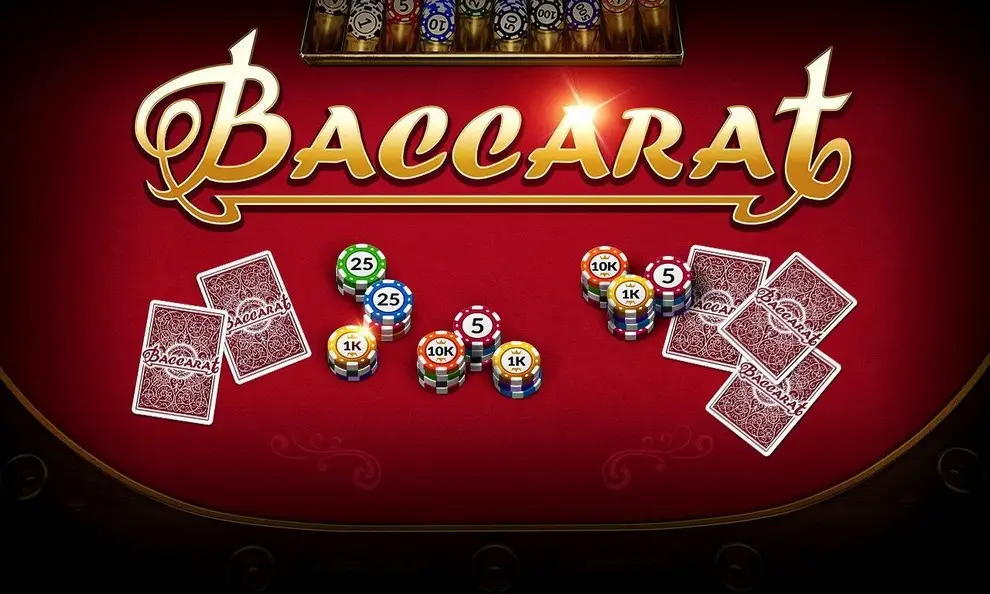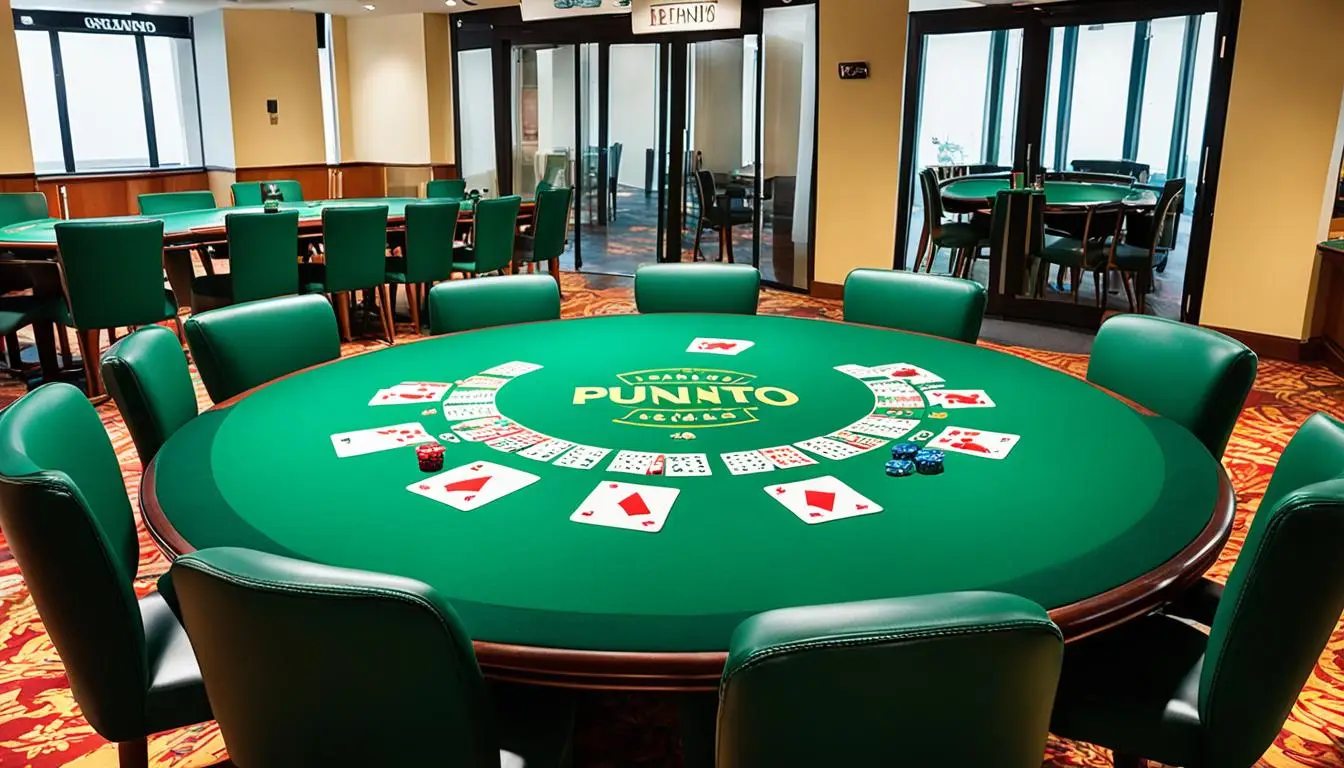The Martingale strategy in casinos has been a subject of debate for over a hundred years. Players see it as a simple mechanism of doubling bets and quickly turning a profit, while mathematicians point out the risks and limits. The theory seems flawless: a loss is compensated by the next bet, a win brings back the initial amount. However, behind the simplicity lie nuances that are particularly noticeable in games like baccarat or roulette.
The Martingale strategy in casinos is most often discussed in the context of baccarat. This game attracts with its minimal set of rules and the house’s fixed advantage. Betting on the banker comes with a 5% commission, a bet on the player returns the money in equal size, and a tie pays 8 to 1.
Doubling after each loss in baccarat seems logical. Let’s say the starting bet is $10:
The Martingale system works here due to the high probability of the outcome being “banker” or “player” — 45% each. However, after 7–8 consecutive losses, the bankroll quickly loses stability. In practice, a sequence of 8–10 losses in a row occurs more often than most people expect.
The Martingale strategy in casinos is tied to the bankroll and table limits. With a $10 bet, ten consecutive unsuccessful steps will require $10,240, while the table usually limits the maximum within 5000–10,000. Players find themselves in a dilemma: the theory prescribes doubling, but the limits prevent taking that step.
The formula shows the vulnerability of the method: S = B × (2^n — 1), where S is the capital amount, B is the base bet, and n is the number of steps. By the 12th step, the capital should exceed $40,000, making the system inaccessible to most.
When considering this method, it is important to take into account the specifics of roulette. There is a zero that shifts the probability of winning against the player. On bets like “red/black” or “even/odd,” the chances are 48.6% in the European version and 47.4% in the American version.
Online roulette operates through an RNG (random number generator). The algorithm creates unpredictable series that easily lead to 10–12 consecutive losses. In the long run, mathematics prevails over psychology: doubling does not compensate for the negative mathematical expectation.
The Martingale strategy in casinos has also been applied to blackjack. However, the deck, the risk of busting, and additional rules play a crucial role here. Doubling does not account for the variability of player decisions — to take a card or stand. The risk to the bankroll increases.
In craps, the system is also encountered, but the outcome depends on the type of bets. Bets on the “Pass Line” offer a 49% chance of success, but long losing streaks occur.
The anti-Martingale strategy is based on the opposite principle: doubling occurs after a win, not a loss. This approach protects the bankroll from rapid spending but makes income unstable.
The variations of the system differ not only in the speed of bet growth but also in the level of risk taken by the player. Each version is tailored to the size of the bankroll and goals, adjusting the balance between stability and potential profit.
Despite its apparent simplicity, the method has several variations:
Each version has its advantages and limitations. The soft model requires more successful rounds to turn a profit but allows surviving long losing streaks. The classic variant brings profit faster but wipes out the capital in case of failures.
The Martingale strategy in casinos always relies on probability. A series of 6 consecutive losses in baccarat occurs approximately once in 64 cases. Ten unsuccessful bets in a row have a chance of 1 in 1024. At first glance, the numbers seem safe, but over hundreds of sessions, the probability of losing the bankroll almost reaches 100%.
This is why professionals always analyze the mathematics rather than psychology. The theory states: “sooner or later, a win will come.” Practice shows: the capital and table limits run out faster than the “later” is achieved.
A list of key rules helps to view the system not just as a simple doubling formula but as a system with clear boundaries. These guidelines form the basis of a responsible approach and minimize the likelihood of critical losses.
The method adheres to a number of mandatory principles:
This set of steps allows for a more controlled use of the doubling mechanics and reduces the risk of complete capital loss.
The Martingale strategy in casinos is based on a simple doubling method, but the reality of gambling games proves the vulnerability of the method. Baccarat, roulette, blackjack, or craps offer the opportunity to apply the system, but limits, probability, and random number generators set strict boundaries. Success depends not on the scheme itself but on discipline, bankroll size, and the ability to stop in time.

In baccarat, luck meets calculation, and each move can lead to either a stunning victory or a quick defeat. But to increase your chances of success, you need a well-thought-out tactic. Baccarat strategies help you manage the process, rather than leaving everything to fate. Effective baccarat strategies Martingale strategy: take a risk and double The …

Punto Banco is one of the most popular baccarat games and attracts millions of players from all over the world every year. Characterised by simple rules and quick rounds, the entertainment has gained a leading position in online casinos and traditional gambling establishments. The format is most popular because of the absence of complex decisions …